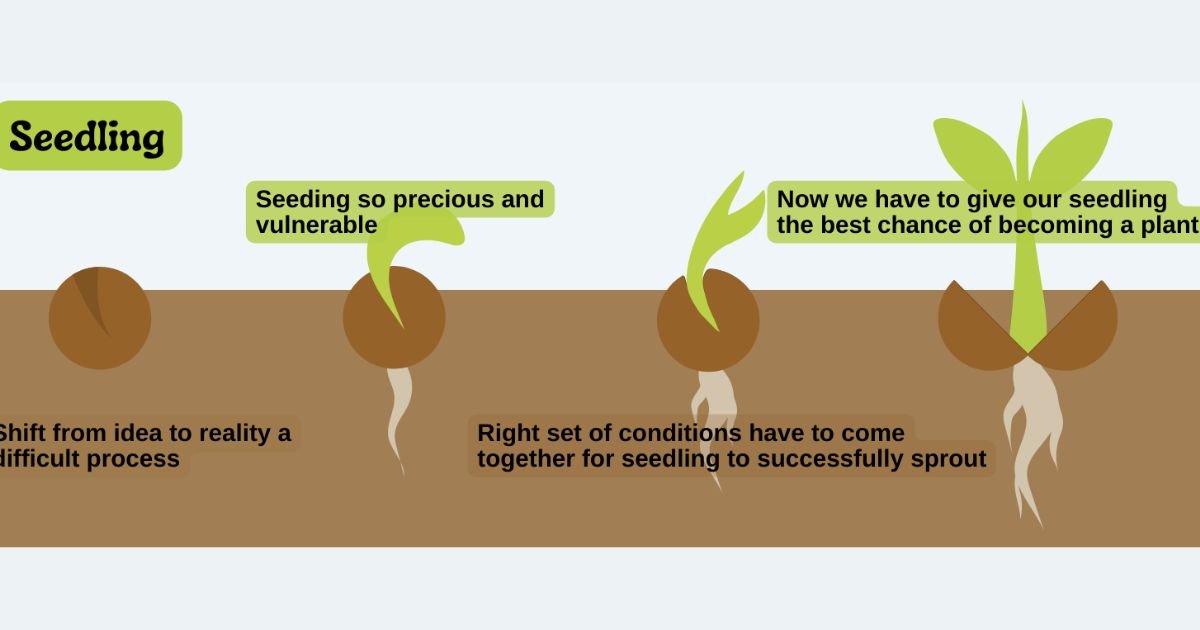Welcome to the ultimate guide on navigating the landscape of IoT growth and cloud scalability, from sprout to sequoia. In this article, we’ll delve into the intricacies of orchestrating this symphony of technological advancement. From understanding the foundational concepts to implementing cutting-edge strategies, we’ll equip you with the knowledge and tools to thrive in this dynamic ecosystem.
From Sprout to Sequoia: Cultivating IoT Growth
Understanding the Sprout Stage
At the inception of any IoT project lies the sprout stage, where ideas are germinated and concepts take root. This phase involves ideation, research, and conceptualization, laying the groundwork for future growth. Understanding the intricacies of this stage is crucial for setting the right foundation.
Ideation and Conceptualization
During the ideation phase, brainstorming sessions and market research play a pivotal role in shaping the direction of the project. It’s essential to identify pain points, market gaps, and potential solutions that align with the overarching goals of IoT growth.
Market Research and Analysis
Conducting thorough market research helps in understanding the competitive landscape, consumer preferences, and emerging trends. By analyzing market dynamics, businesses can identify opportunities for innovation and differentiation, setting the stage for sustainable growth.
Nurturing the Seedlings: Strategies for Growth

As the project progresses from the sprout stage, nurturing the seedlings becomes paramount. This phase involves strategic planning, resource allocation, and iterative development to foster steady growth.
Agile Development Methodologies
Embracing agile development methodologies enables rapid iteration and adaptation to changing market demands. By breaking down projects into manageable sprints, teams can accelerate time-to-market and respond swiftly to customer feedback.
Scalability and Flexibility
Designing scalable and flexible architectures is essential for accommodating future growth and expansion. Leveraging cloud-based solutions allows for on-demand resource allocation and seamless scalability, ensuring the infrastructure can support evolving business needs.
Reaching for the Canopy: Scaling IoT Solutions
As IoT projects mature, scaling becomes a primary objective, akin to reaching for the canopy of a towering sequoia. This phase involves optimizing processes, expanding market reach, and maximizing ROI.
Performance Optimization
Fine-tuning the performance of IoT solutions is critical for enhancing user experience and maximizing efficiency. From optimizing code to streamlining data processing pipelines, every aspect must be meticulously optimized to deliver peak performance.
Global Expansion Strategies
Expanding market reach beyond geographical boundaries opens up new opportunities for growth and revenue generation. Deploying localization strategies, adapting to regional regulations, and tailoring products to diverse customer segments are essential for successful global expansion.
From Sprout to Sequoia: Orchestrating Success
Harnessing the Power of Data and Analytics
Data lies at the heart of IoT growth and cloud scalability, serving as a catalyst for informed decision-making and strategic planning. By harnessing the power of data analytics, businesses can unlock valuable insights and drive innovation.
Predictive Analytics
Predictive analytics enables businesses to anticipate future trends, identify potential risks, and capitalize on emerging opportunities. By leveraging machine learning algorithms and historical data, organizations can make data-driven predictions that drive strategic decision-making.
FQAS
Real-time Monitoring and Insights
Real-time monitoring of IoT devices and cloud infrastructure provides actionable insights into performance, security, and reliability. By proactively addressing issues and optimizing system health, businesses can ensure uninterrupted operations and deliver superior customer experiences.



